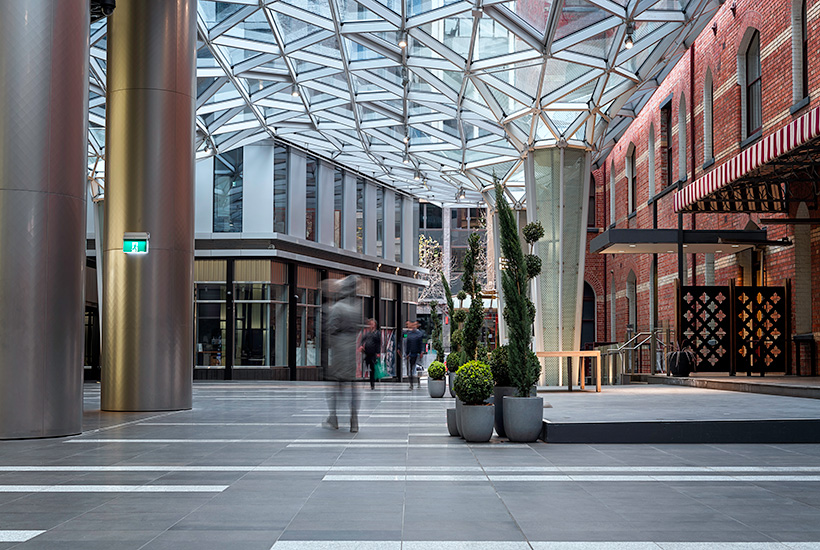Offices look set to survive the COVID-19 pandemic

The office sector has been among the hardest hit by COVID-19. Vacancy has risen, rents have fallen, and occupancy rates remain well below their pre-pandemic levels.
While the challenges faced by other sectors were known to be largely temporary, the pandemic has rewritten the way people work, leading inevitably to the question: will COVID-19 spell death to the office?
The answer to this was not immediately apparent. The inflexible nature of office lease terms and the costs associated with breaking them, meant it would take time to fully understand the impact of the pandemic on the sector.
It is now, however, well over a year since Australia’s office workers were sent home, and the trends that are emerging should provide reassurance to landlords.
First, it is clear businesses still want to lease offices.
Last year’s prolonged lockdowns and uncertainty around timelines for a return to the office saw leasing activity plummet, particularly in Melbourne.
While occupier demand picked up slightly over the second half of the year, it remained subdued and well below historic levels.
Since the beginning of 2021, however, there has been a surge in activity on realcommercial.com.au from businesses looking to lease offices. Across Australia, the volume of office lease searches increased by 39 per cent over the 12 months ending June 2021.
Not only are searches up from 2020 levels, which is to be expected given last year’s unique market conditions, they are also well above historic levels. Over the first half of this year, there were 61 per cent more searches to lease office spaces compared to the same period in 2019. Much of this growth can likely be attributed to pent-up demand from businesses who put off leasing decisions last year.
Search activity acts as a preview of what will happen in the market and, already, we are beginning to see an increase in the number of office leases negotiated.
Searches to buy offices are also increasing. Last year, heightened vacancy risk and uncertainty about the future of the sector led investor demand for offices to fall further than any other asset class tracked by realcommercial.com.au.
Since the beginning of 2021, however, the increase in occupier demand has supported a recovery in investor confidence.
Compared to 12 months ago, searches to buy offices are now 101 per cent higher across Australia. This recovery in office buy searches has outpaced that seen in any of the other commercial asset classes.
While sales activity has remained low by historic standards over the first six months of 2021, this increase in buy searches is expected to translate into higher transaction volumes over the second half of the year.
Despite growing signs of recovery from occupiers, office landlords should not become complacent. Vacancy is still above pre-Covid levels and lower rents are enabling a flight to quality.
Even though businesses are still looking to occupy offices, there has been a structural shift in the way people work. Now, more than ever, landlords need to pay close attention to the changing needs of their occupiers if they want to retain or attract tenants.
This article first appeared on www.theaustralian.com.au.







